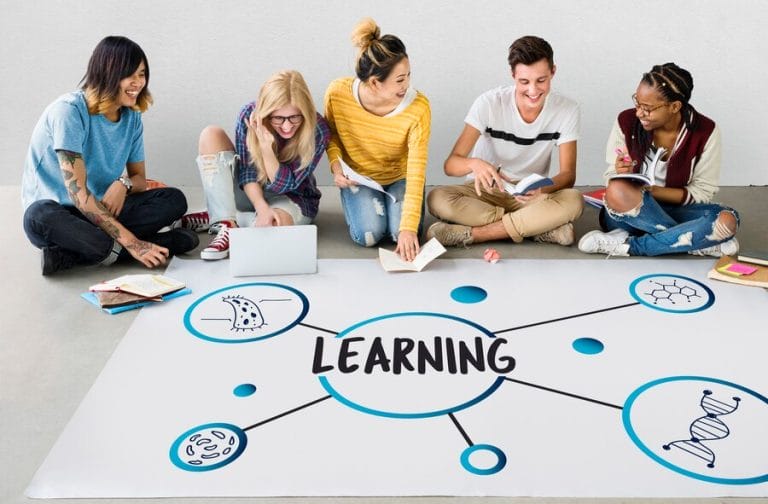The Growing Challenge of Plastic Waste: Causes, Consequences, and Solutions
July 8, 2024 2024-07-08 16:15
The Growing Challenge of Plastic Waste: Causes, Consequences, and Solutions
Plastic waste has become one of the most pressing environmental issues of our time. The ubiquity of plastic in modern life, combined with its durability and low cost, has led to an explosion in plastic production and, consequently, plastic waste. This article explores the causes and consequences of plastic waste and examines potential solutions to this global problem.
The Causes of Plastic Waste
- Mass Production and Consumption: The production of plastic has increased exponentially since the mid-20th century. Plastic is cheap, versatile, and used in a vast array of products, from packaging to electronics to clothing. This mass production has led to widespread consumption and disposal.
- Single-Use Plastics: A significant portion of plastic waste comes from single-use items such as bags, bottles, straws, and packaging. These items are designed to be used once and then discarded, leading to large volumes of waste.
- Inadequate Waste Management: Many regions lack effective waste management systems to handle the growing volume of plastic waste. Inadequate recycling facilities and poor waste collection infrastructure result in large amounts of plastic ending up in landfills, rivers, and oceans.
- Consumer Behavior: The convenience of plastic products has contributed to a throwaway culture, where items are disposed of after minimal use. This behavior exacerbates the plastic waste problem.
The Consequences of Plastic Waste
- Environmental Impact: Plastic waste has severe environmental consequences. It pollutes oceans, rivers, and landscapes, harming wildlife and ecosystems. Marine animals often ingest plastic or become entangled in it, leading to injury or death.
- Human Health Risks: Microplastics, tiny plastic particles that result from the breakdown of larger plastic items, have been found in water, food, and air. These particles can accumulate in the human body, posing potential health risks.
- Climate Change: The production and disposal of plastic contribute to climate change. Plastic production is energy-intensive, relying heavily on fossil fuels, and the incineration of plastic waste releases greenhouse gases into the atmosphere.
- Economic Costs: The economic costs of plastic waste are significant. Cleaning up plastic pollution, addressing its impacts on tourism and fisheries, and managing waste disposal are all costly endeavors.
Potential Solutions to Plastic Waste
- Reducing Plastic Production: One of the most effective ways to tackle plastic waste is to reduce the production of new plastic. This can be achieved through policies that limit single-use plastics, promote alternative materials, and encourage companies to design products with less plastic.
- Improving Recycling Systems: Enhancing recycling infrastructure and increasing the efficiency of recycling processes can help manage plastic waste more effectively. Public education campaigns can also encourage consumers to recycle more and better.
- Promoting Reuse and Refillable Systems: Encouraging the use of reusable and refillable products can significantly reduce plastic waste. Initiatives such as zero-waste stores, reusable packaging, and deposit return schemes for bottles can promote a culture of reuse.
- Innovative Materials and Technologies: Developing and adopting alternative materials that are biodegradable or easier to recycle can help reduce reliance on traditional plastics. Advances in technology can also improve the efficiency of plastic waste management and recycling processes.
- Legislation and Policy: Governments can play a crucial role in addressing plastic waste through legislation and policy. Bans on single-use plastics, extended producer responsibility (EPR) schemes, and incentives for sustainable practices can drive change at a systemic level.
- Corporate Responsibility: Companies can adopt more sustainable practices by reducing plastic use in their products and packaging, investing in recycling programs, and supporting initiatives that aim to reduce plastic waste.
- Consumer Awareness and Action: Educating consumers about the impact of plastic waste and encouraging sustainable choices can drive demand for products with less plastic. Simple actions such as using reusable bags, bottles, and containers can collectively make a significant difference.
Conclusion
Plastic waste is a complex and multifaceted problem that requires coordinated efforts from individuals, businesses, and governments. By understanding the causes and consequences of plastic waste and implementing effective solutions, we can mitigate its impact and move towards a more sustainable future. Reducing plastic production, improving waste management, and fostering a culture of reuse and recycling are crucial steps in addressing this global challenge. Through collective action and innovation, we can work towards a world with less plastic waste and a healthier environment for all.
Related Posts
The Growing Challenge of Plastic Waste: Causes, Consequences, and Solutions
July 8, 2024 2024-07-08 16:15Popular Tags





























